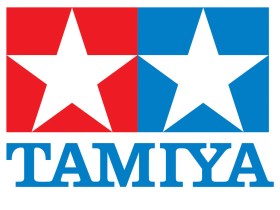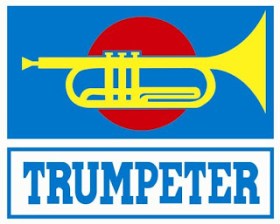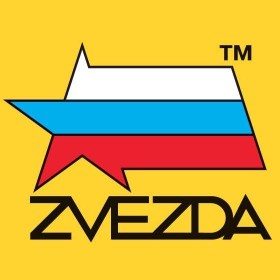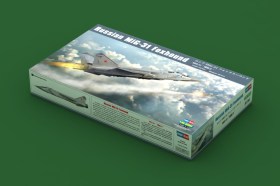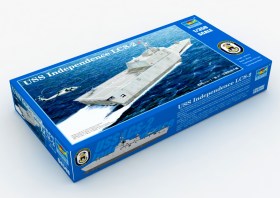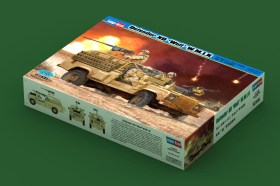1/72 Scale Junkers Ju 87D-3 Stuka by Hobby Boss
- Fabricante:: Hobbyboss
- Ref. del producto: HB-80286
Shipping Estimate
Applies to this product onlyDescripción
The Junkers Ju-87 Stuka (short for German Sturzkampfflugzeug, meaning dive bomber) is a German single-engine dive bomber with a classic tail, wings in an inverted gull-wing configuration and all-metal construction. The Ju-87 is one of the most famous Luftwaffe aircraft, a symbol of its power next to the Me-109. At the beginning of the war (1939-1941) it became a symbol of the Blitzkrieg, often causing panic among enemy soldiers by installing acoustic sirens (the so-called jerychońskie trunks), causing a specific sound during a diving flight. The creator of the machine was Hermann Pohlmann, and the Ju-87 first flew into the air in 1935, and went into production two years later. During the civil war in Spain, without encountering any serious enemy in the air, he could prove effective in the missions for which he was created. Thanks to the possibility of a very steep diving, while maintaining a relatively low speed, it achieved a very high bombing efficiency. Stuka's fame was confirmed during his activities in Poland, the Netherlands, France, Greece and Crete. However, during the Battle of Britain, slow Stukas with a permanently mounted landing gear were simply massacred by RAF planes, and as a result they were delegated to attack less defended targets. On the Eastern Front, the Ju-87 played a role primarily as a close support aircraft and an excellent tank destroyer. Hans Ulrich Rudel - the Luftwaffe pilot, honored with the greatest number of awards, had 519 destroyed Soviet tanks on his account. During the war, the production of the Ju-87 was suspended many times, but it always turned out that it should be restarted because there was no other aircraft that could worthily replace it. During the war, a dozen or so versions and versions of the Ju-87 were created. The first mass-produced was the Ju-87 B (Berta). It was driven by two versions of the Jumo 211 engine with 1000KM or 1200KM. It served as a land-based dive bomber. In turn, the Ju-87R (Richard) was launched into attacks on naval targets. It had a greater range than the B version, but was a bit slower. The D (Dora) version was the most widely produced and most frequently modified. They had new versions of the Jumo 211 engine with 1420 and 1500HP. The Ju-87D featured better armor than its predecessors. The last large-scale version of the Ju 87 was the Model G (Gustav), an attack aircraft and "tank destroyer", which entered the line units in early 1943. The main weapons of this version were the two 37mm Bordkanone BK 3.7 cannons mounted in the trays under the wings. The Ju-87G also had improved armor. During the entire war, approximately 5,900 units of all versions of the Ju-87 were manufactured. Technical data (version Ju-87B): length: 11m, wingspan: 13.8m, height: 4.23m, maximum speed: 390km / h, maximum range: 500km, maximum ceiling 8200m, armament: fixed - 3 machine guns cal .7.92mm, suspended - up to 450 kg of bombs.
Scale: 1/72




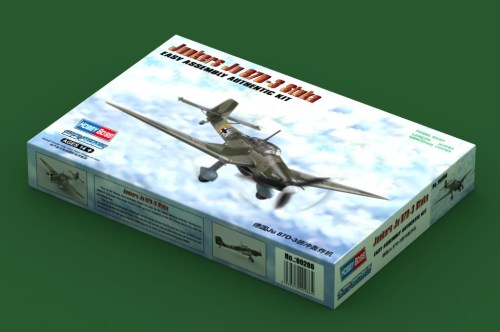

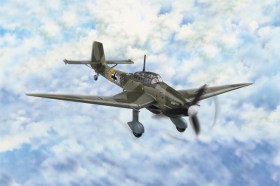
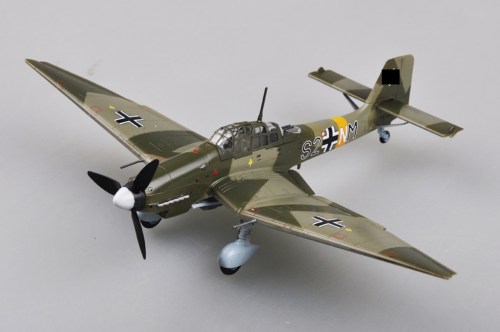
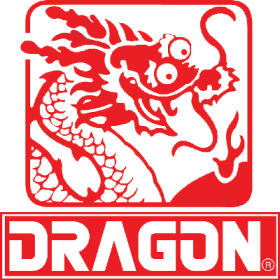
_280x280.jpg)

